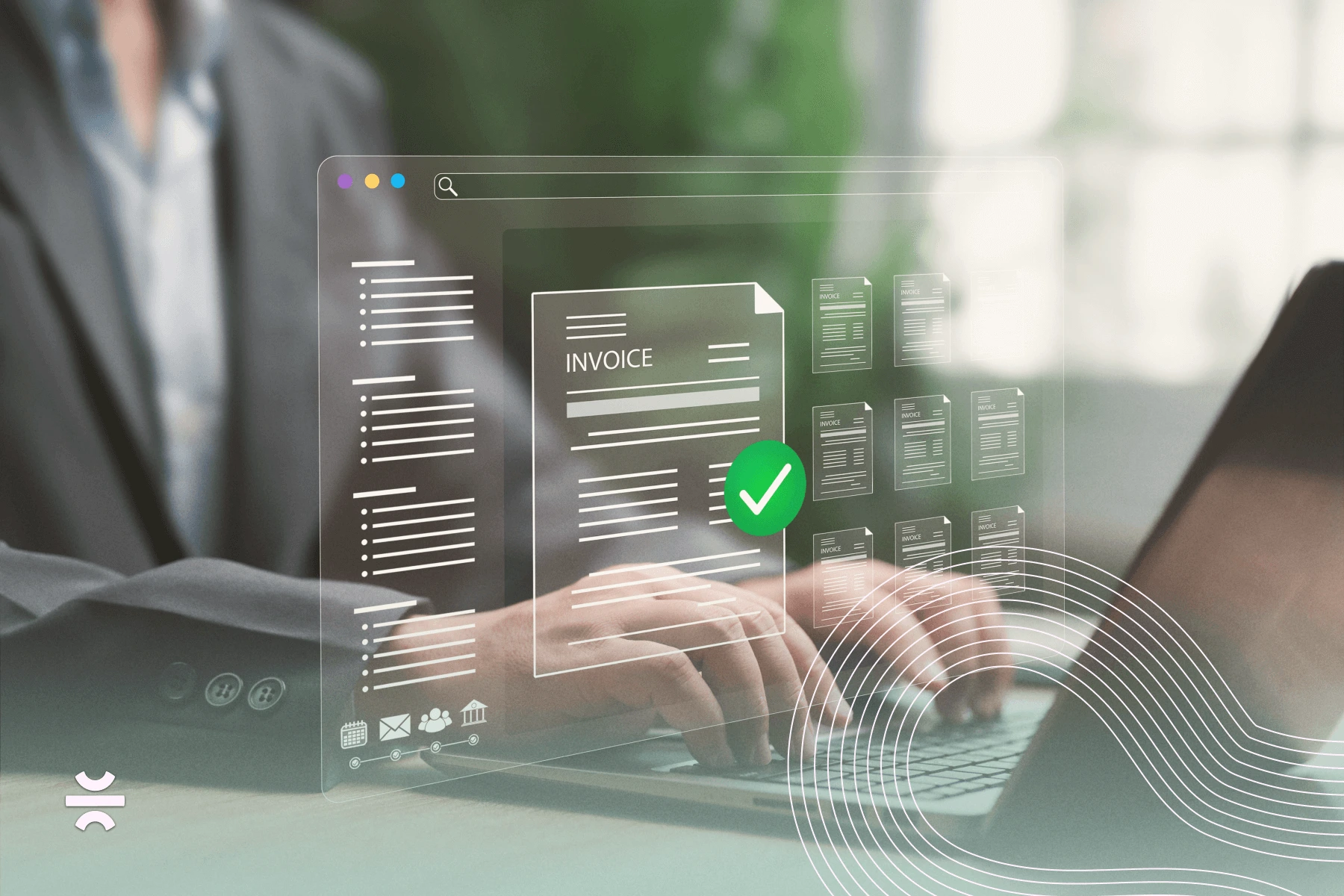When running a startup, knowing where your capital is going helps everything from planning for the future to attracting investors.
Purchase orders are a critical part of that equation and one of the most common elements of bookkeeping. They help startups establish financial control, like maintaining accurate financial records and transparent cash flow, as well as budgeting and forecasting.
Read on to learn the ins and outs of purchase orders and how to manage them affectively.
What is a purchase order?
A purchase order is a document you use to request goods or services from a supplier. It is an official record of the items you want to purchase, including quantities, prices, and delivery details.
When you create a purchase order, you're communicating your intent to buy. It helps both you and the supplier stay organized and ensure that you receive the right products. Think of it as a written agreement that outlines the specifics of your purchase.
How does a purchase order actually work?
When customers want to purchase, they submit a purchase order to the seller detailing all the necessary information. The seller then reviews the purchase order and can accept or decline it.
Once the order is received, both parties enter into a legally binding contract.
Failing to fulfill the contract can have significant repercussions, making it crucial to uphold the agreed-upon terms and conditions.
Key benefits of using purchase orders in your business
Signing a purchase order brings peace of mind, regardless of your position in the contract. As your business grows, purchase orders help with:
- Inventory management – Purchase orders enable you to know not just what you have but what you will need.
- Auditing and compliance – Requirements are easier to manage with a transparent and well-organized purchase order system.
- Scaling your business ˆ When you have a future-proof, well-established procurement process you can scale your business faster and with ease.
- Vendor management – Purchase orders provide clear documentation and facilitate effective communication between the buyer and vendor.
- Financial clarity –Certified public accountants (CPAs) and bookkeepers will have a clear picture of your finances.
Types of purchase orders
When getting started with purchase orders, you might assume they are all more or less similar. However, there are several types you might use, depending on the relationship you have with the other business and the needs of both companies.
1. Standard purchase orders
A standard purchase order is used for one-time or first-time transactions and provides detailed delivery instructions and itemized lists of deliverables.
A standard purchase order is intentionally detailed. It has precise delivery instructions, itemized lists of deliverables, and anything else the parties require to feel secure in how the order will be fulfilled and paid.
2. Blanket purchase orders
Blanket purchase orders simplify the process when you have an ongoing relationship with a buyer or seller. Instead of creating separate purchase orders for each transaction, a blanket purchase order covers multiple projects or deliveries over a set time.
By locking in a fixed price, both parties benefit from predictability. It's a convenient way to streamline ordering and ensure smooth operations.
3. Contract purchase orders
Consider a contract purchase order if you're looking for a long-term commitment. While all purchase orders are legally binding contracts, a contract purchase order solidifies and extends the relationship further.
It includes detailed terms, quantities, delivery schedules, and pricing. Industries like construction and manufacturing often rely on contract purchase orders for their valuable certainty and stability.
Purchase order vs. invoice
Here's the essential difference between a purchase order and an invoice: a purchase order is a reviewed contract, while an invoice is a payment request.
When you send someone an invoice, it's a reminder of what they owe for what they have received. However, it's important to note that an invoice doesn't automatically obligate the recipient to pay.
Both purchase orders and invoices play roles in the business transaction process, with purchase orders ensuring agreement on terms and invoices facilitating payment.
How to create a purchase order
Creating a purchase order can be as straightforward as you prefer. You can use a Word document, purchase or download a template, or go the traditional route with pre-printed forms.
The key is to ensure that your purchase orders consistently include all the essential information: dates, prices, and itemized details.
Uniformity is crucial here. You don't want each purchase order in a different format or some handwritten while others are typed out.
Remember, meeting your obligations under a purchase order is vital to avoid potential legal and financial consequences. So, be detailed and stay consistent.
How to manage purchase orders
If you deal with physical documents, keep them neatly filed by date, affiliated business, and type of purchase. Always make copies, even after you receive and pay for your order, as you’ll need past purchase order records for accounting purposes.
Alternatively, you can keep electronic copies, making storage and filing a breeze. Whichever method you choose, maintaining a ledger that shows purchase orders, dates, and payments is essential for effective management.
Streamlining with accounting software
Accounting software provides ready-to-use templates for purchase orders, simplifying the creation process. You can manage and track purchase orders and integrate with your accounts payable (AP) and accounts receivable (AR), making reconciling purchase orders with payments easy.
But the benefits go beyond that.
Advanced accounting software offers analytical features that allow you to forecast, optimize cash flow, and identify growth opportunities. By automating and streamlining your accounting processes, you can focus on maximizing every aspect of your operations and driving your business toward success.
Leverage the right accounting software to save time and turn this otherwise ordinary business process into a core asset for bolstering your bottom line.
.avif)







.avif)

